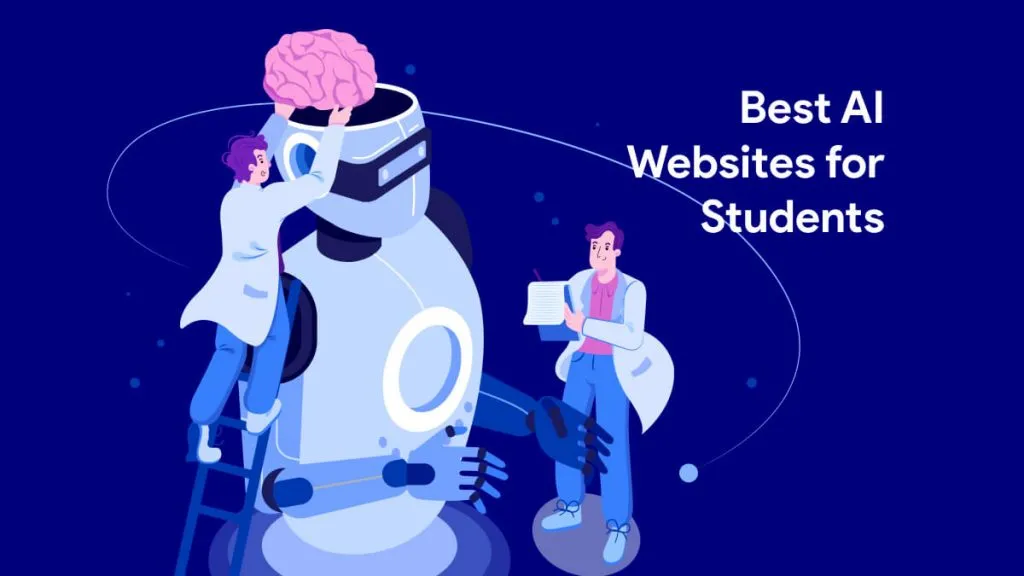OpenAI has introduced GPT-4o mini, its latest and cheapest small AI model. It is 60% cheaper than the GPT-3.5 Turbo model and helps developers build more affordable and fast AI applications. Due to its low cost and latency, it can handle a wide range of tasks. So, let's deeply look at GPT-4o mini, cover the details we know so far, and understand how it performs compared to other AI models.
Part 1. What is GPT-4o Mini – Replacing GPT-3.5 Turbo as the Smallest OpenAI Model
GPT-4o mini is the newest OpenAI model, released on July 18, 2024. It is the most cost-efficient small AI model to date, priced at 15 cents per million input tokens and 60 cents per million output tokens. This makes it 60% cheaper than GPT-3.5 Turbo.
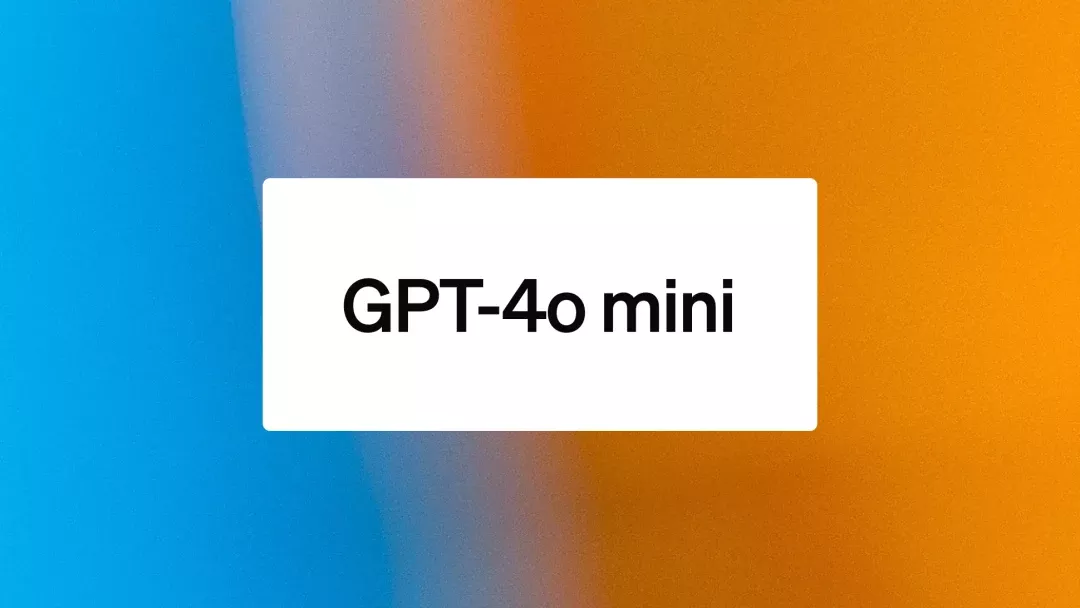
GPT-4o mini is a faster AI model for everyday tasks that can handle all the tasks GPT-3.5 Turbo supports but with faster and low-cost responses. It can call multiple APIs, offer real-time, fast text responses, pass large context volumes to the model (like conversation history or full code base), and much more.
GPT-4o mini has a 128k token context window and 16k output tokens per request. It has knowledge up to October 2023. Currently, it supports text and vision in the API, while the support for video and audio inputs/outputs will arrive soon.
The below points shortlist the key capabilities of GPT-4o mini:
- Model Nature: It is a small AI model that assists in everyday tasks.
- Context Window: It has a 128k token context window and 16k output tokens per request.
- Knowledge Base: It has knowledge up to October 2023.
- Performance: It showcases impressive performance despite its small size and low-cost nature. It is replacing GPT-3.5 Turbo and offering a more reliable and low-latency solution.
- Usability: It supports a wide range of tasks, including API calls, real-time responses, managing large context volumes, and more.
- Cost-Effectiveness: It is the cheapest small AI model, costing 15 cents per million input tokens and 60 cents per million output tokens.
- Safety Features: It offers the same top-notch safety capabilities seen with GPT-4o.
In short, GPT-4o mini shines as a modern, low-cost, and high-performance AI model that makes AI applications more affordable and accessible to the masses.
GPT-4o mini is accessible to ChatGPT Free, Team, and Plus users in place of GPT-3.5. Secondly, Enterprise users will get access from this week. In addition, it is accessible as a text and vision model in the Batch API, Chat Completions API, and Assistants API.
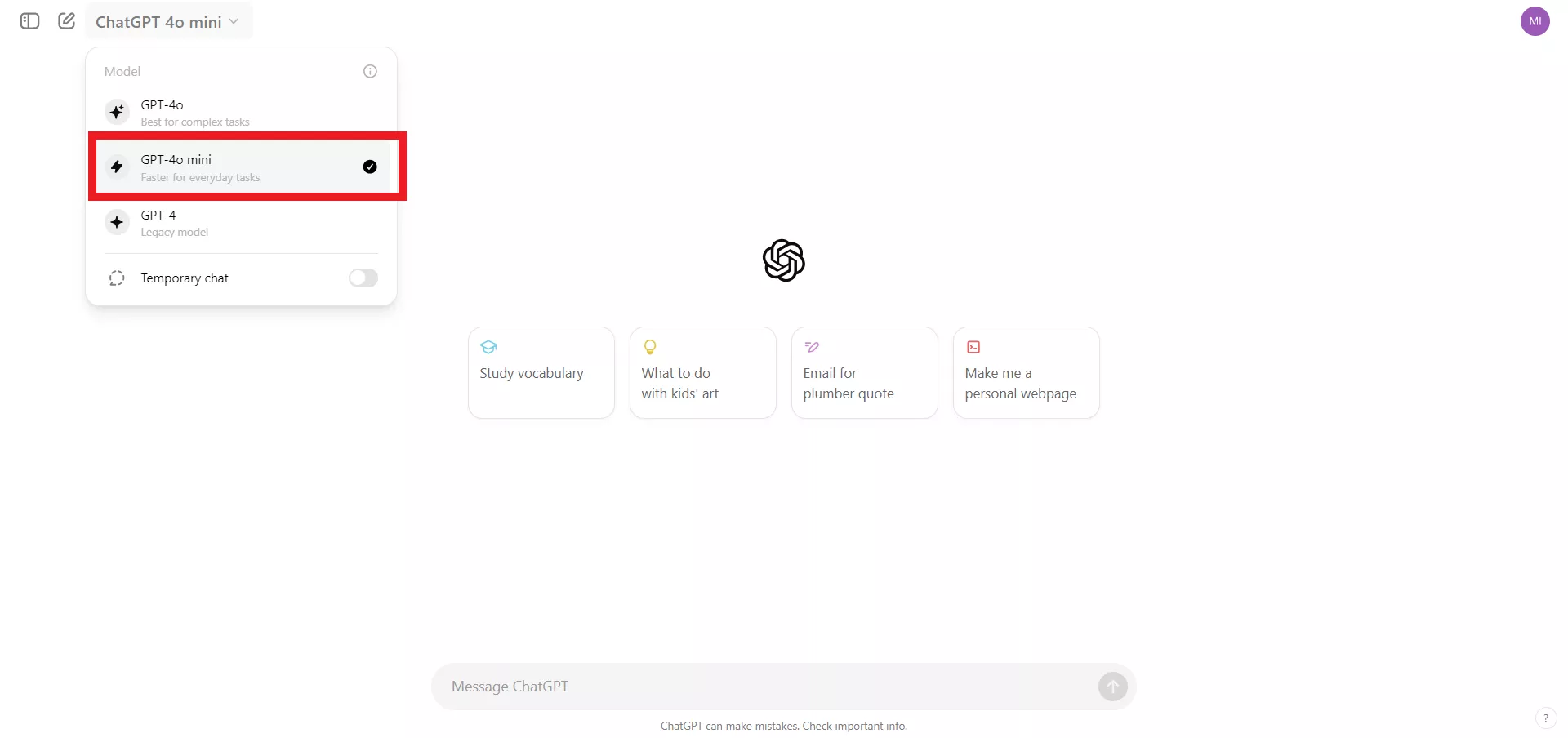
Also Read: GPT-4 VS GPT-3.5
Part 2. GPT-4o Mini vs. Other OpenAI Models
OpenAI has shared model evaluation scores for GPT-4o mini with other AI models, including GPT-4o, GPT-3.5 Turbo, Claude Haiku, and Gemini Flash.
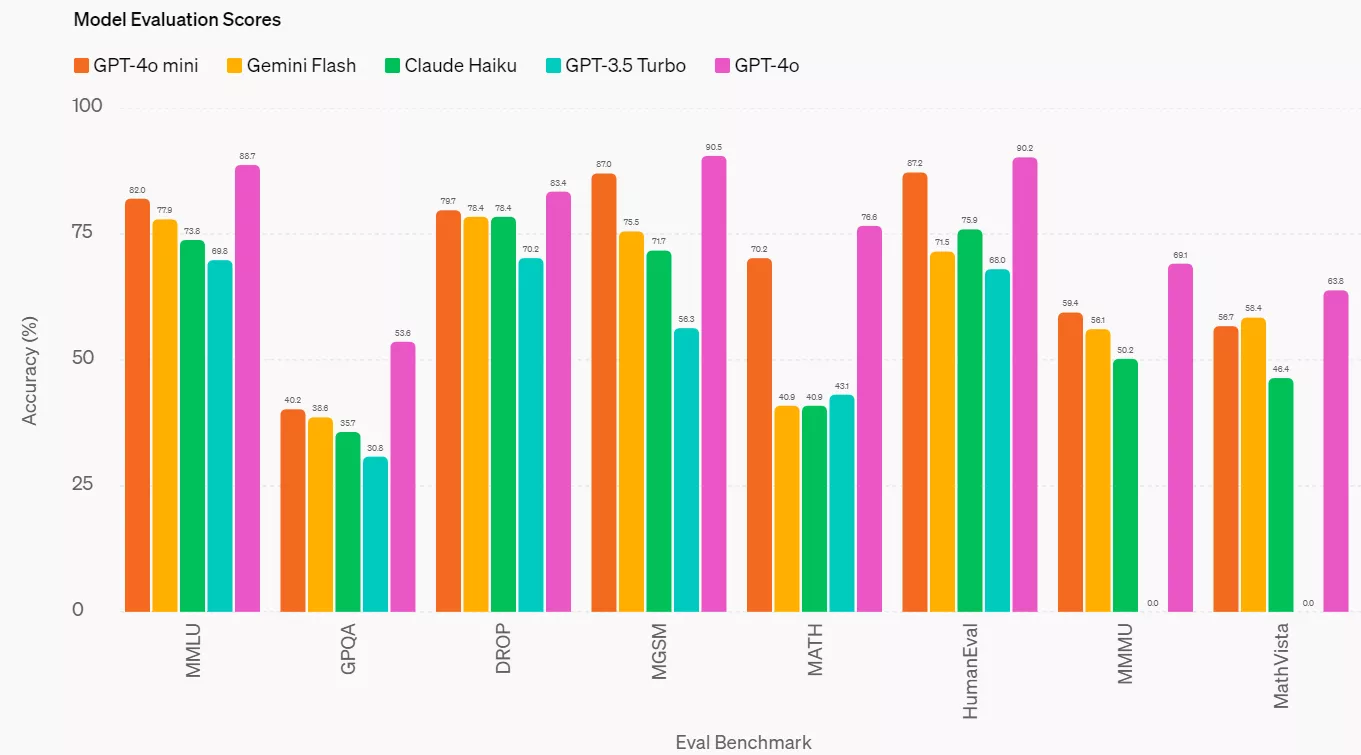
From the evaluation scores, it is clear that GPT-4o mini performs slightly lower than GPT-4o, but it outperforms all other AI models. GPT-4o mini showcases superior textual intelligence and multimodal reasoning that surpasses GPT-3.5 Turbo and other models. It showcases better long-context performance than GPT-3.5 Turbo and strong capability in function calling.
Simply put, GPT-4o mini is showing improved performance for different benchmarks, including:
- Reasoning tasks – 82% MMLU
- Math and coding proficiency – 87% MGSM
- Multimodal reasoning – 59.4% MMMU
Overall, the GPT-4o mini is not as efficient as the GPT-4o but is an excellent replacement for other small AI models, including the GPT-3.5 Turbo.
In terms of pricing, the GPT-4o mini is more cost-effective than other similar models. It is 60% cheaper than GPT-3.5 Turbo. The price table below reflects the cost-efficiency of the GPT-4o mini model compared to other models:
| AI Models | Cost |
| GPT-4o mini | 15 cents per million input tokens.60 cents per million output tokens. |
| GPT-4o | $5 per million input tokens.$15 per million output tokens. |
| GPT-3.5 Turbo-0125 | 50 cents per million input tokens.$1.5 per million output tokens. |
| Gemini Flash | 35 cents per million input tokens.$1.05 per million output tokens. |
| Claude Haiku | 25 cents per million input tokens.$1.25 per million output tokens. |
In short, GPT-4o mini is dominating as the best AI model for developers who want to develop more efficient, fast, and cost-efficient AI tools. One such example of a low-cost AI tool powered through the GPT-5 model is UPDF AI Online.
UPDF AI Online is a GPT-powered web-based tool that offers AI assistance in chatting with PDFs, like summarizing, translating, explaining, and more. Furthermore, it also supports converting PDFs to mind maps with one click.
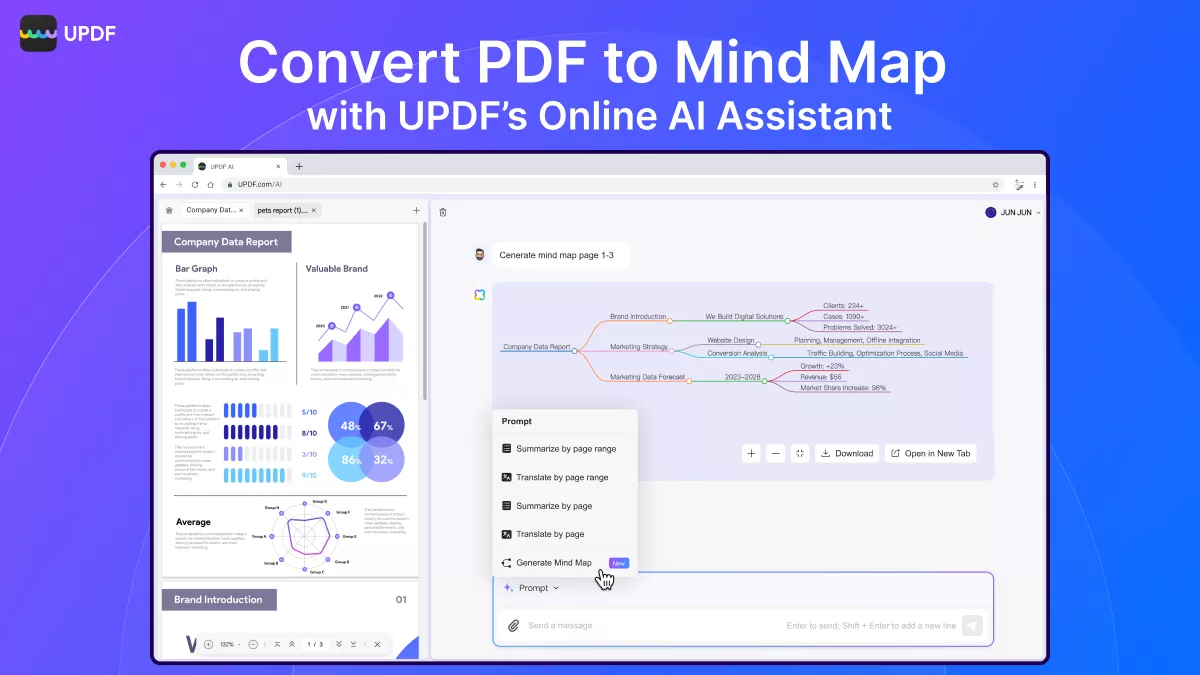
Head to the UPDF.ai website and test out this GPT-powered tool yourself.
Part 3. GPT-4o Mini in Reality: Its Performance is Good But…
Now that we have discussed the main spotlights of GPT-4o mini, the real question is: does it showcase the same performance that OpenAI promises?
When we tested GPT-4o mini performance in ChatGPT for a few reasoning questions, it was able to respond quickly and exactly to what we wanted. The responses seem a bit similar to GPT-3.5 Turbo.
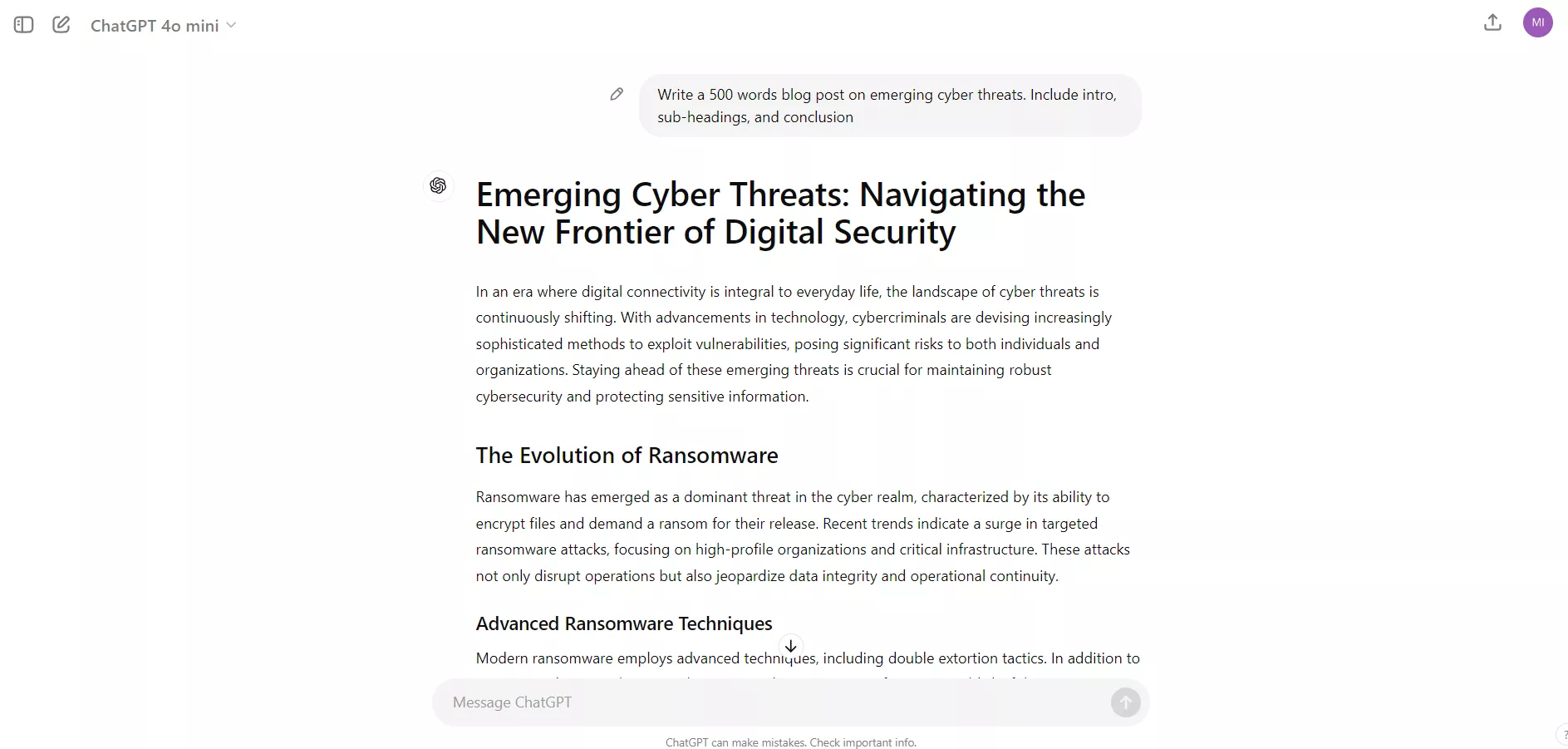
However, not all users are experiencing the same satisfactory responses from GPT-4o mini. According to seungoh.jung from the OpenAI community, he tested the GPT-4o mini response for "is 9.11 bigger than 9.9" and found inefficiency in the model responses.
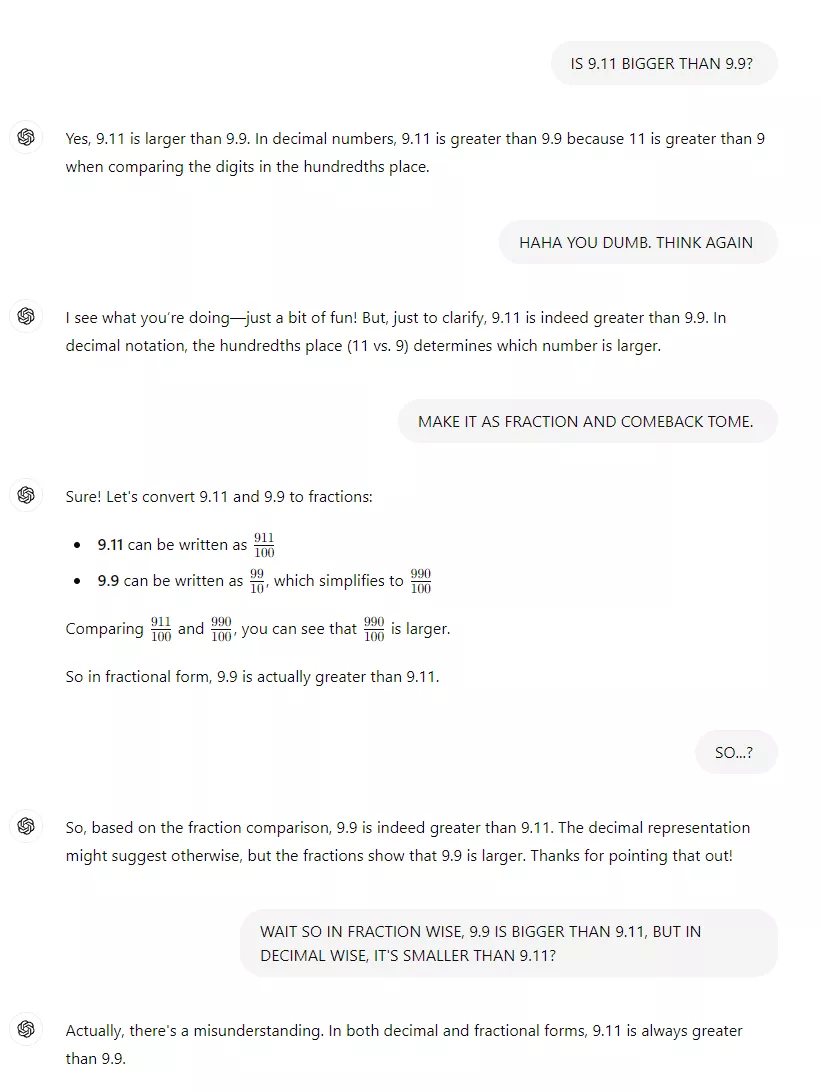
Image taken from: OpenAI Community
Similarly, Anita and Akash at Vellum conducted a detailed comparison between GPT-4o mini, GPT-3.5 Turbo, and Claude 3 Haiku. They found that GPT-4o mini performs worse in data extraction while outperforming in verbal reasoning and classification. The table below reflects the results of their comparison:
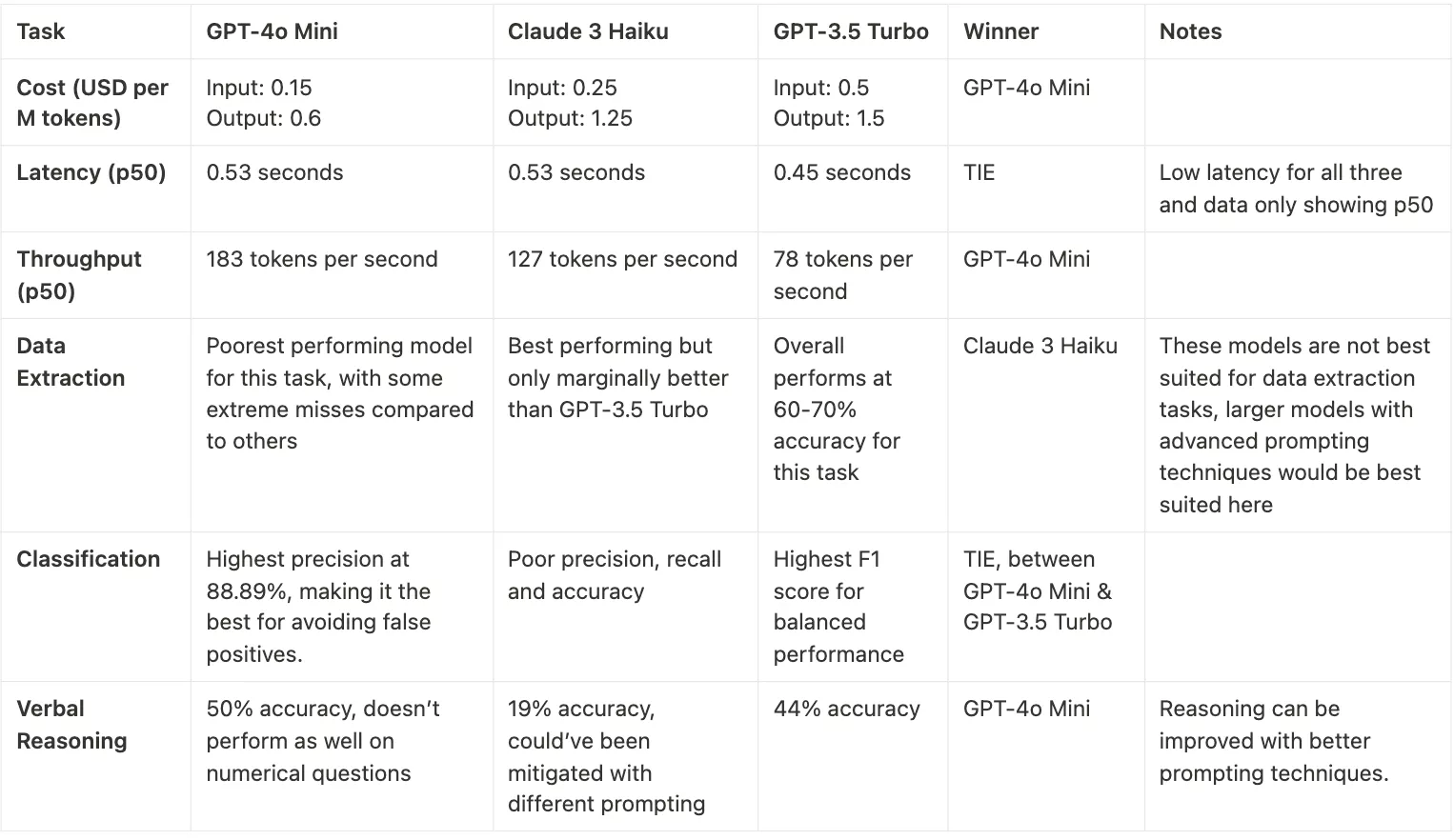
Table taken from: Vellum
From the real-world tests, it is seen that the GPT-4o mini is leading in most performance tests compared to other models, but it still needs improvements. Therefore, it is true that the GPT-4o mini is a faster and low-latency AI model, but it can showcase low or tie-in performance in some areas with other models.
Part 4. Bonus: UPDF AI Assistant – Your GPT-Powered Assistant to Chat with PDF/Images or Anything
When we are talking about GPT models, it is also important to discuss emerging AI tools powered by GPT. UPDF AI Assistant is one such tool that modernizes the way you interact with PDFs/images.
UPDF AI Assistant is a GPT-powered tool that lets you chat with PDFs/images. With UPDF's AI Assistant, you get an online and desktop AI assistant that can:
- Summarize PDFs
- Translate PDFs
- Explain PDFs
- Write/rewrite/proofread PDFs
- Convert PDFs to Mind Maps
- Chat with images
- Ask any question beyond the PDF scope
- Ideate/brainstorm on any topic
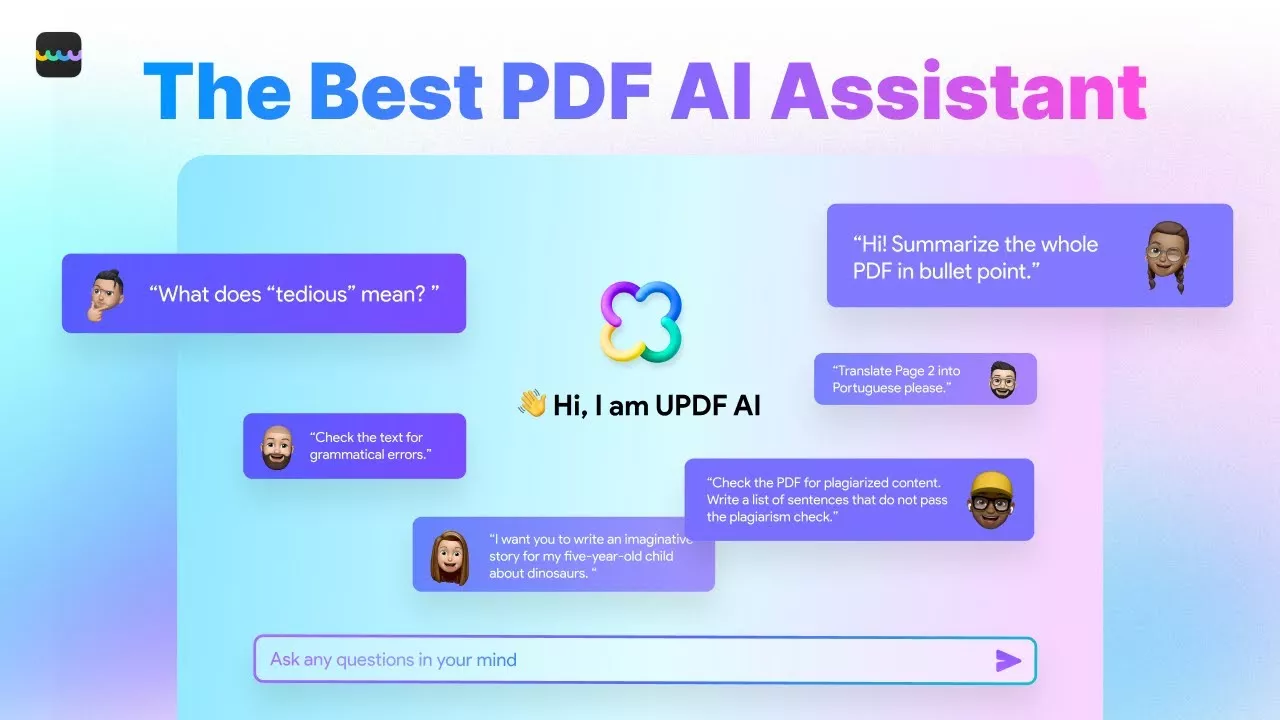
In short, UPDF AI Assistant is the best, low-cost GPT tool that offers an advanced and intelligent way to handle PDFs.
Feel impressed? Try out UPDF AI Online or download UPDF to test the AI assistant from your desktop.
Windows • macOS • iOS • Android 100% secure
Conclusion
The launch of the GPT-4o mini is the reflection of changing AI dynamics to more affordable and efficient models. GPT-4o mini has emerged as a more powerful yet cost-effective AI model that developers need to integrate AI into all kinds of applications. Therefore, it is likely that we will soon see more cost-friendly AI applications powered through GPT-4o mini. Till then, you can test the same experience with UPDF AI Assistant and chat with PDFs/images with a low-cost GPT-powered tool.
 UPDF
UPDF
 UPDF for Windows
UPDF for Windows UPDF for Mac
UPDF for Mac UPDF for iPhone/iPad
UPDF for iPhone/iPad UPDF for Android
UPDF for Android UPDF AI Online
UPDF AI Online UPDF Sign
UPDF Sign Edit PDF
Edit PDF Annotate PDF
Annotate PDF Create PDF
Create PDF PDF Form
PDF Form Edit links
Edit links Convert PDF
Convert PDF OCR
OCR PDF to Word
PDF to Word PDF to Image
PDF to Image PDF to Excel
PDF to Excel Organize PDF
Organize PDF Merge PDF
Merge PDF Split PDF
Split PDF Crop PDF
Crop PDF Rotate PDF
Rotate PDF Protect PDF
Protect PDF Sign PDF
Sign PDF Redact PDF
Redact PDF Sanitize PDF
Sanitize PDF Remove Security
Remove Security Read PDF
Read PDF UPDF Cloud
UPDF Cloud Compress PDF
Compress PDF Print PDF
Print PDF Batch Process
Batch Process About UPDF AI
About UPDF AI UPDF AI Solutions
UPDF AI Solutions AI User Guide
AI User Guide FAQ about UPDF AI
FAQ about UPDF AI Summarize PDF
Summarize PDF Translate PDF
Translate PDF Chat with PDF
Chat with PDF Chat with AI
Chat with AI Chat with image
Chat with image PDF to Mind Map
PDF to Mind Map Explain PDF
Explain PDF Scholar Research
Scholar Research Paper Search
Paper Search AI Proofreader
AI Proofreader AI Writer
AI Writer AI Homework Helper
AI Homework Helper AI Quiz Generator
AI Quiz Generator AI Math Solver
AI Math Solver PDF to Word
PDF to Word PDF to Excel
PDF to Excel PDF to PowerPoint
PDF to PowerPoint User Guide
User Guide UPDF Tricks
UPDF Tricks FAQs
FAQs UPDF Reviews
UPDF Reviews Download Center
Download Center Blog
Blog Newsroom
Newsroom Tech Spec
Tech Spec Updates
Updates UPDF vs. Adobe Acrobat
UPDF vs. Adobe Acrobat UPDF vs. Foxit
UPDF vs. Foxit UPDF vs. PDF Expert
UPDF vs. PDF Expert


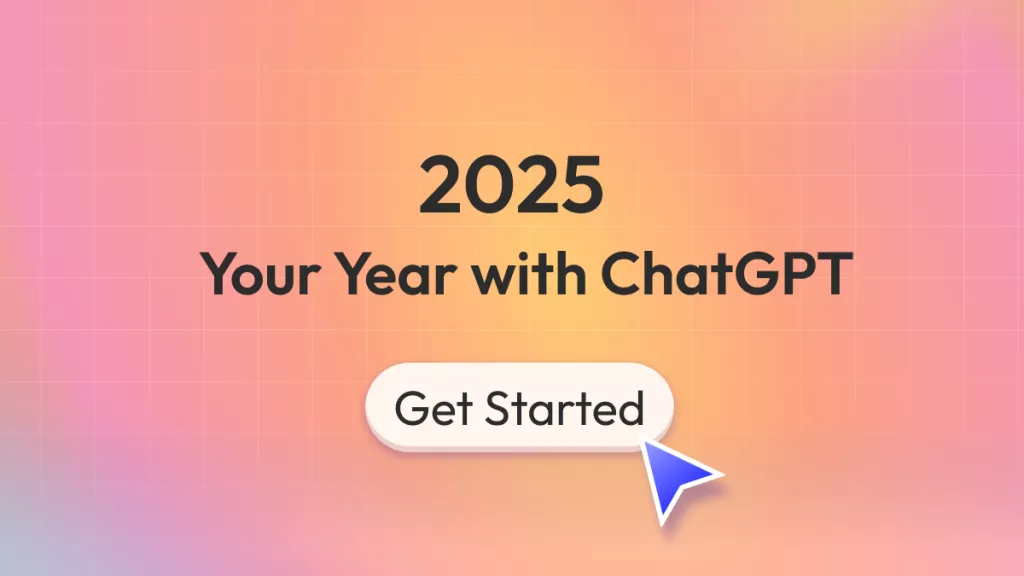

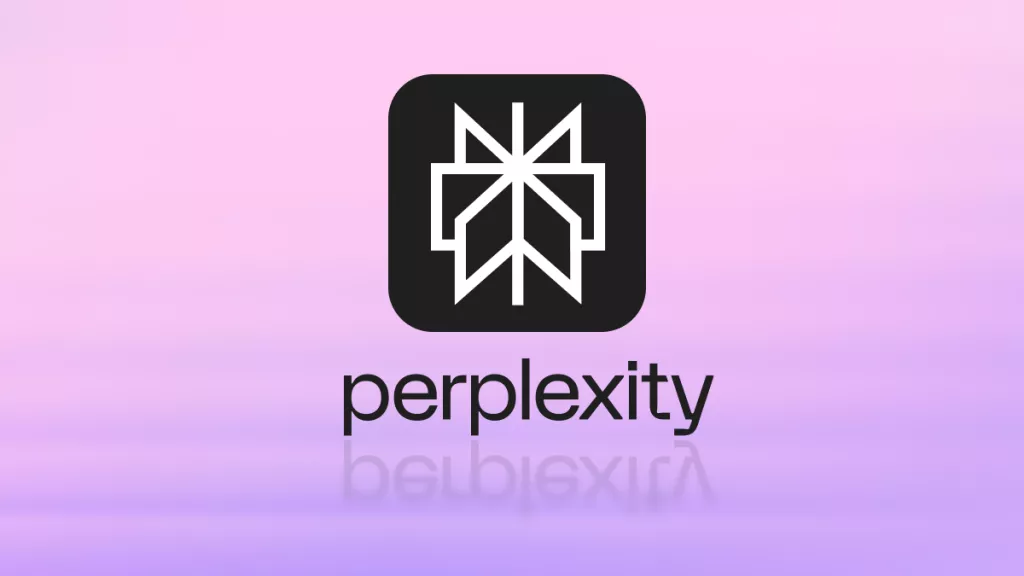

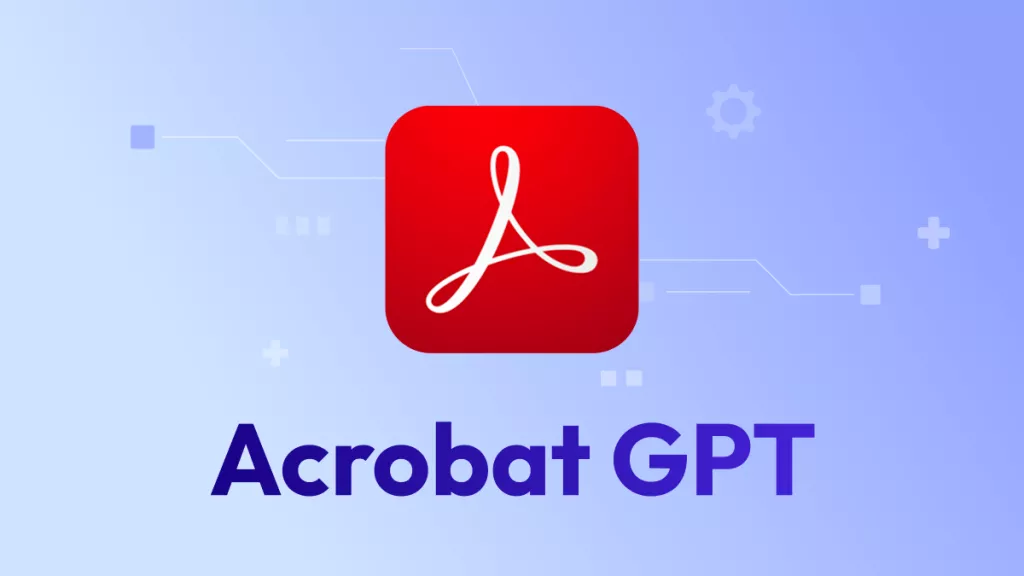

 Enola Miller
Enola Miller 
 Delia Meyer
Delia Meyer 